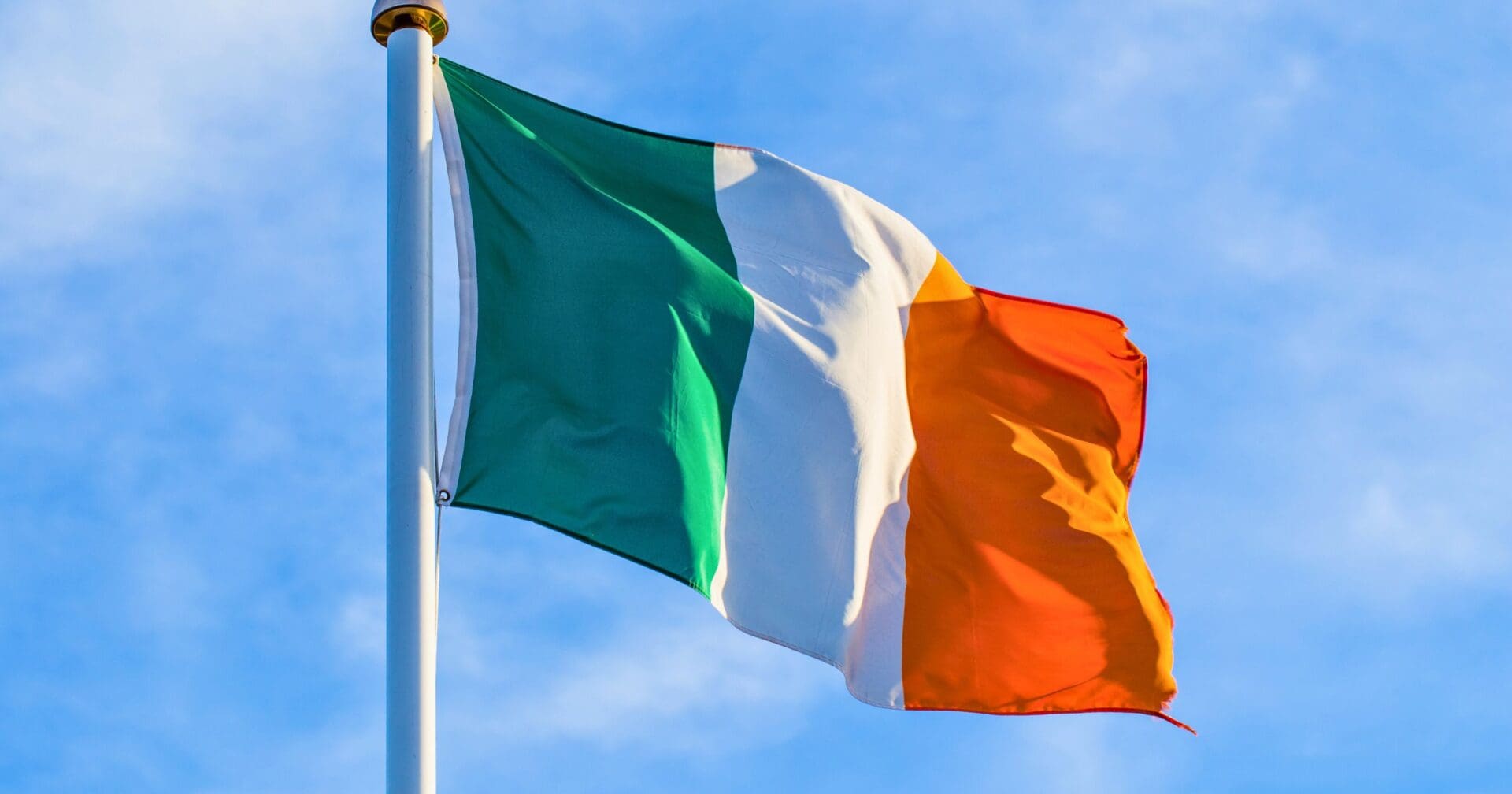Nestled in Ireland’s rich history lies an emblem of profound significance, it’s national flag. Unveiled in 1848 and officially adopted in 1937, the tricolor flag is more than a national symbol; it’s a narrative of hope, unity, and if you would believe it – ecumenism!
At first glance, the flag’s vibrant stripes – green, white, and orange – are a visual delight. But delve deeper, and you uncover a story that resonates with the ecumenical spirit.
Thomas Francis Meagher, the visionary behind the flag, eloquently explained, “The white in the center signifies a lasting truce between the Orange and the Green,” encapsulating the flag’s essence as a beacon of ecumenism.
The green stripe proudly represents the Roman Catholics of Ireland, a nod to Ireland’s longstanding association with this color, evident in imagery of Saint Patrick, symbols like the shamrock and the verdant landscapes. On the other end, the orange stripe pays homage to the Protestant community, specifically those following William of Orange. This inclusion was a deliberate and thoughtful gesture to embrace the Protestant minority in the Irish independence movement.
But it’s the white stripe that truly captures the flag’s ecumenical secret. Symbolizing peace, it’s a hopeful reminder of the potential for harmony and unity between the Catholic and Protestant communities. It’s a visual representation of the aspiration for Catholics and Protestants to coexist, not just side by side, but ecumenically together in Ireland.
This tricolor flag, thus, is not just a national emblem. It embodies a spirit of reconciliation and ecumenism, reminding us of the Catholic Church’s call for dialogue and brotherhood with other Christian denominations.
Saint Patrick, Patron of Ireland, pray for us!
🙏
Photo credit: Semmick Photo / Shutterstock.com
















